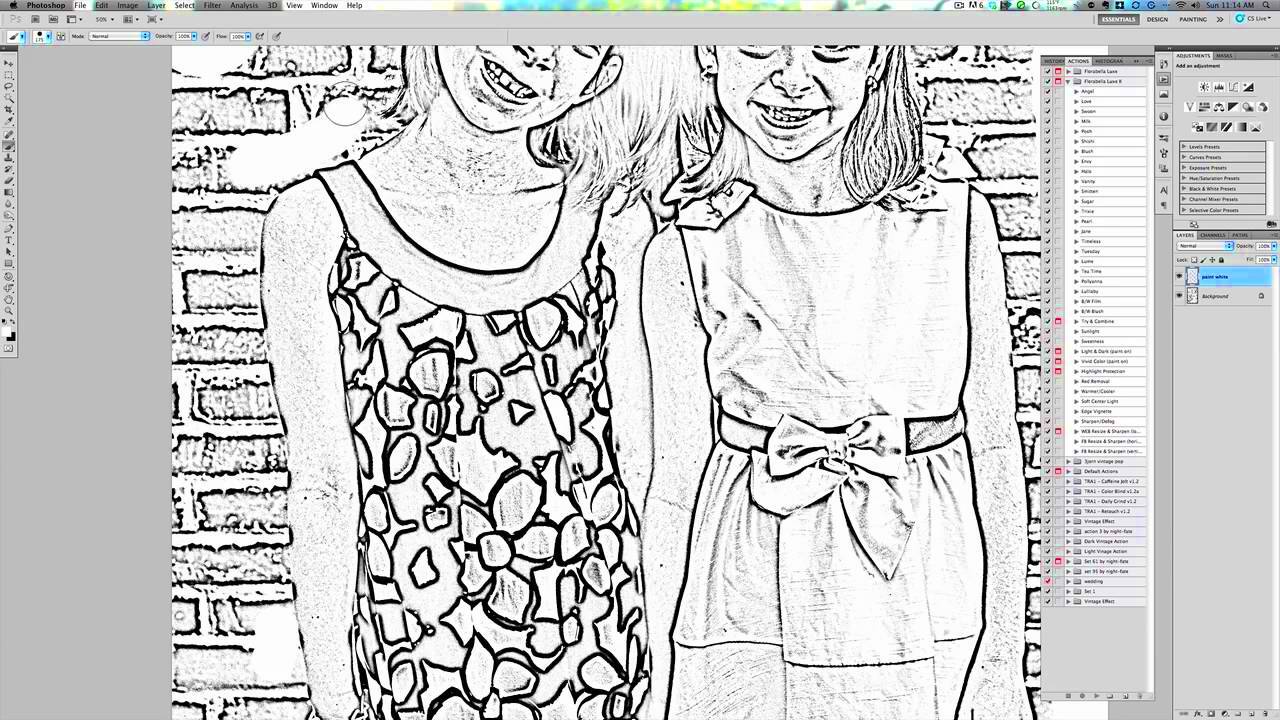Turning images into coloring pages is a simple and creative way to repurpose photos and illustrations for fun, engaging projects. Whether you're looking to entertain kids, create personalized gifts, or just explore a new hobby, this process can offer endless possibilities. By converting an image into a black-and-white outline, you give others the chance to bring their own color to the image, making it uniquely theirs.
In this post, we’ll guide you through how to easily transform images into coloring pages, explore some of the best tools available, and show you the steps to turn any image into a blank canvas for creative exploration. This is a great activity for artists, teachers, parents, or anyone looking for a fun, creative project!
Why You Might Want to Convert Images to Coloring Pages
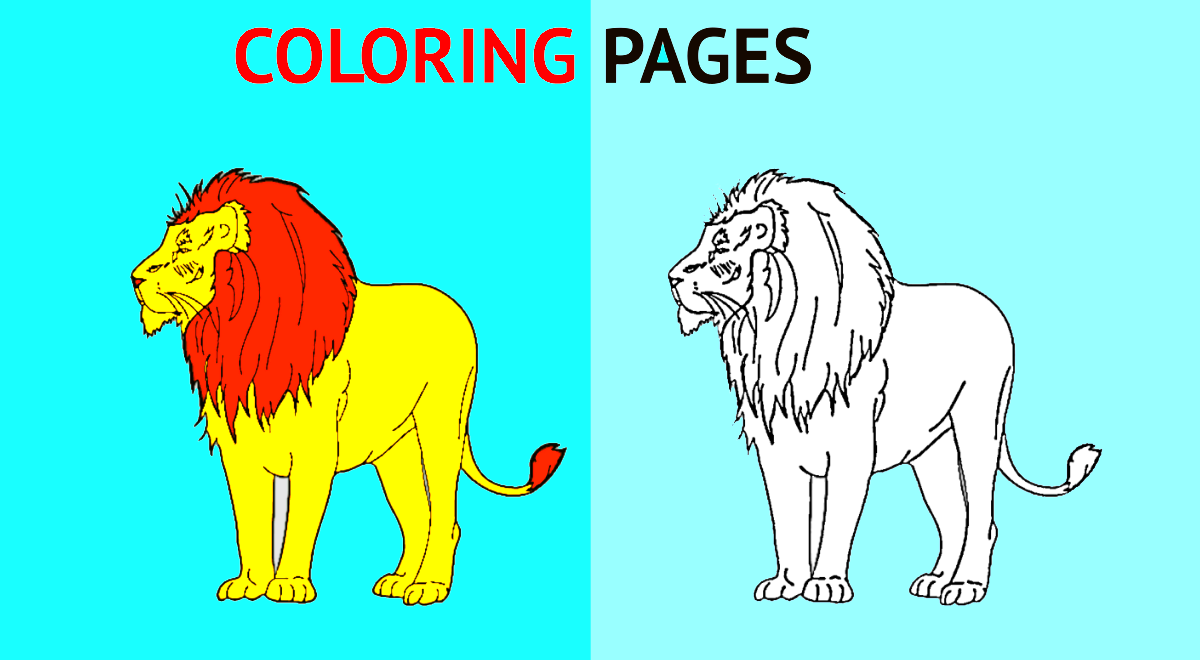
Converting images to coloring pages opens up numerous creative opportunities for both children and adults. Here are some reasons why you might want to try this fun activity:
- Personalized Gifts: Turn a favorite photo into a custom coloring page that can be framed or used in cards for a personal touch.
- Engagement and Learning: For children, coloring pages can be both fun and educational, helping them develop fine motor skills and creativity.
- Stress Relief for Adults: Adult coloring books are a popular way to unwind, and creating your own images adds a therapeutic element to the process.
- Crafting and Decoration: Coloring pages can be used in DIY crafts, party decorations, and other creative projects.
Whether you’re creating something for personal use or for a larger audience, turning images into coloring pages provides an excellent way to add a new layer of creativity to your work.
Also Read This: Learn How to Copy a Reel on Instagram to Get it Into Your Device
Steps to Turn an Image into a Coloring Page Using Free Tools
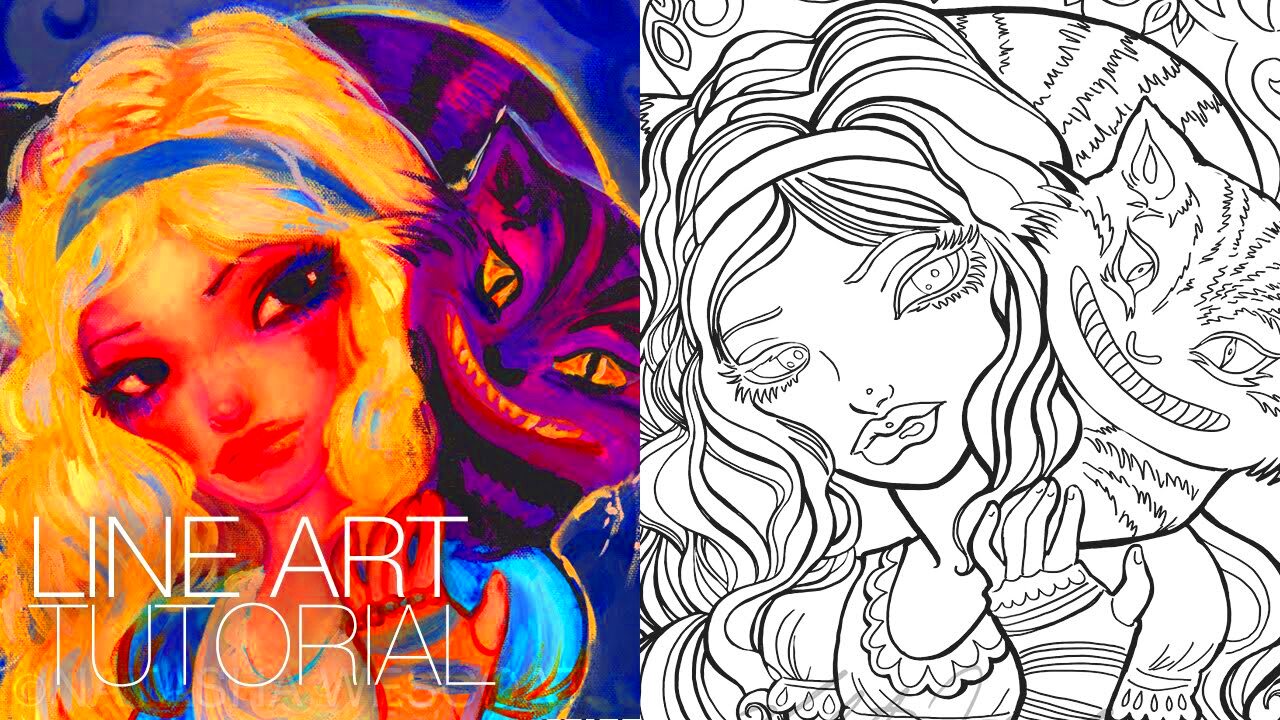
Turning an image into a coloring page is easier than you might think, especially with the help of free online tools. Here’s a simple, step-by-step guide:
- Choose Your Image: Select an image you’d like to convert. The best images for coloring pages are those with clear lines and simple details. High-contrast images usually work best.
- Find an Online Tool: Use one of the many free online tools available for converting images to coloring pages. Some popular ones include:
- Photopea: A free online Photoshop alternative that allows you to turn images into outlines.
- PicMonkey: Offers easy editing options and a coloring page tool.
- LunaPic: A straightforward tool that can quickly convert photos into outlines.
- Upload Your Image: Once you’ve chosen the tool, simply upload your image and adjust the settings. Many tools offer an option to turn the image into a sketch or outline automatically.
- Adjust the Settings: Tweak the settings to get the desired result. You may need to increase the contrast or reduce the brightness to make the lines stand out more clearly. Some tools also allow you to adjust the thickness of the lines.
- Download Your Coloring Page: Once you're happy with the outline, download your newly created coloring page. From here, you can print it out or share it online.
Using these free tools, you can transform any image into a high-quality coloring page in just a few simple steps. Whether you’re creating one page or many, the process is quick and fun!
Also Read This: The Best Apps to Get Tiktok Video Without Watermark for Free
Using Adobe Photoshop to Create a Coloring Page from an Image
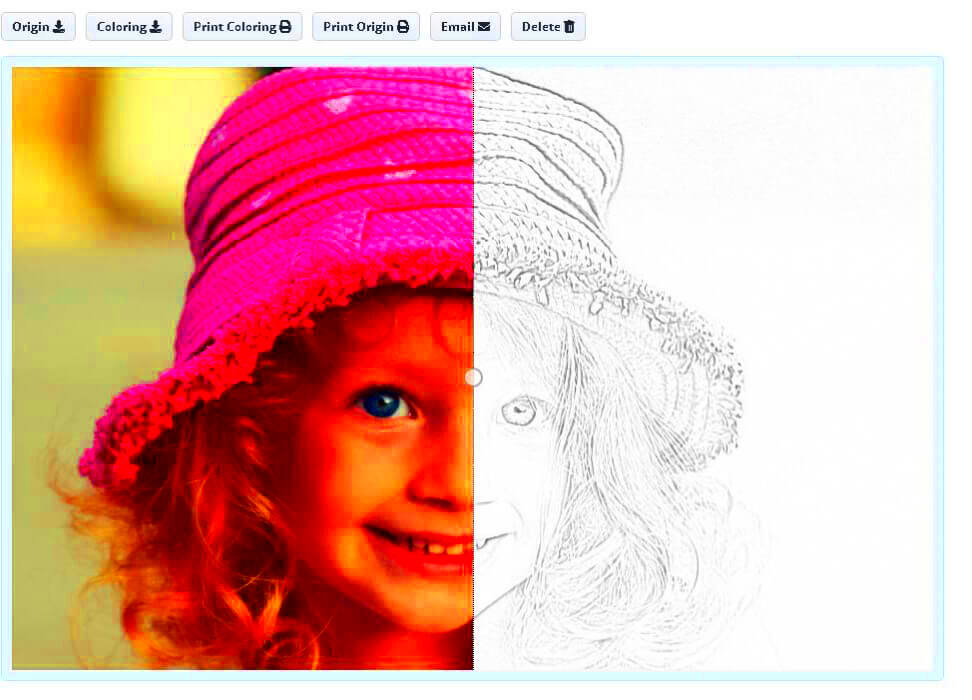
Adobe Photoshop is a powerful tool that can help you create professional-quality coloring pages from any image. With its wide range of features and editing tools, you can fine-tune your image to produce crisp, clear outlines suitable for coloring. Here's how to do it:
- Open the Image: Start by opening the image you want to convert in Photoshop. Choose a photo that has clear shapes and contrasting elements, as this will make it easier to create outlines.
- Desaturate the Image: Convert the image to black and white by going to Image > Adjustments > Desaturate. This removes all color, leaving only the grayscale tones.
- Increase Contrast: To make the lines stand out, go to Image > Adjustments > Levels and increase the contrast. Adjust the shadows and highlights to ensure the details are sharp and clear.
- Apply the “Find Edges” Filter: Navigate to Filter > Stylize > Find Edges to create the outline effect. This will turn your image into a series of rough lines.
- Clean Up the Image: Use the Eraser tool to remove unwanted background elements or stray lines. You can also adjust the brightness and contrast to get cleaner outlines.
- Save the Image: Once you're happy with the result, save your image as a PNG or JPEG file. This will be your finished coloring page, ready for printing.
With Photoshop, you have full control over the editing process, allowing you to make your coloring pages as detailed or as simple as you like.
Also Read This: Essential Equipment Needed to Start Your YouTube Channel
Best Practices for Selecting Images to Convert to Coloring Pages
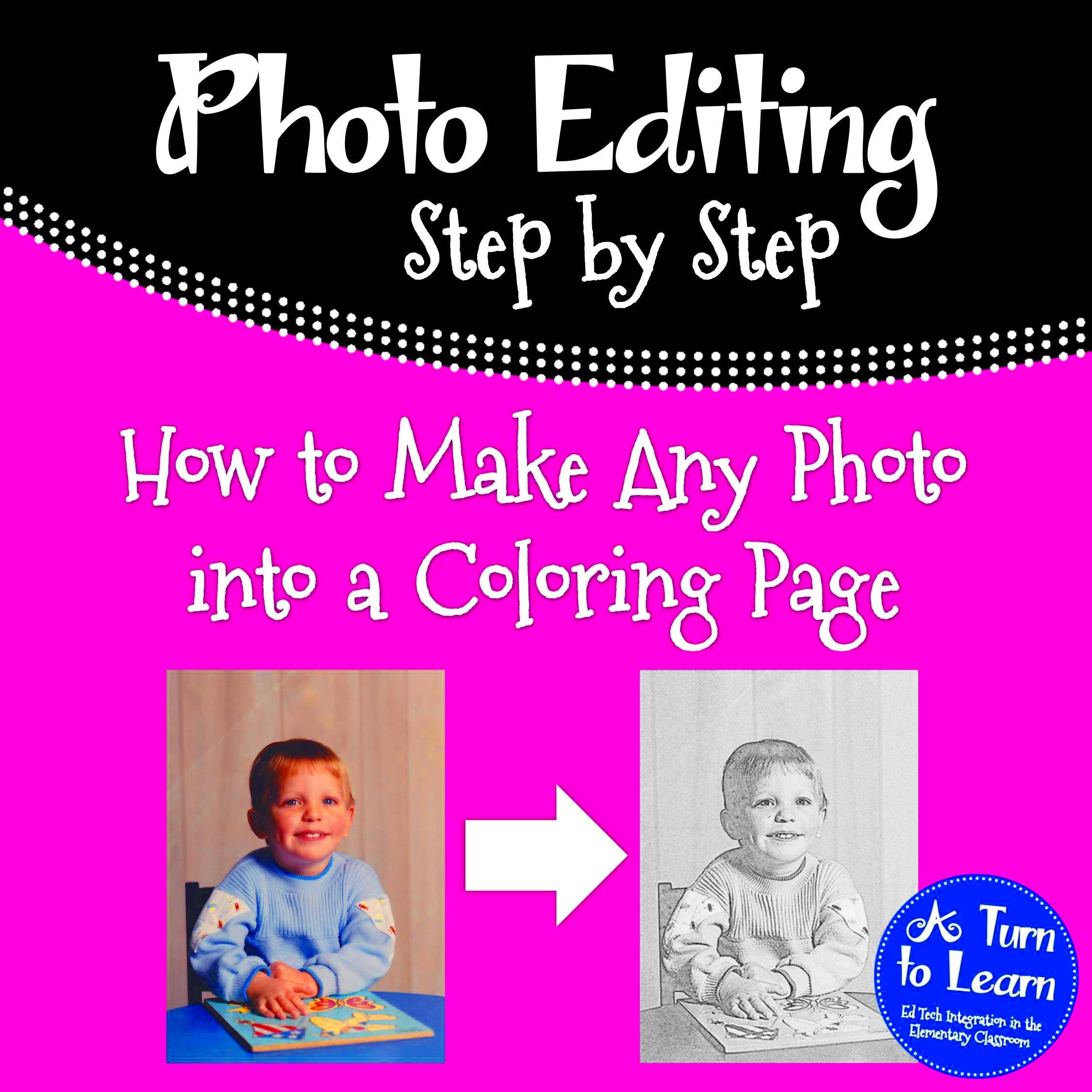
Not all images are suitable for converting into coloring pages, so it's important to choose wisely. Here are some tips for selecting the best images:
- Choose High-Contrast Images: High contrast between elements (light vs. dark) makes it easier to convert an image into clear outlines. Photos with a lot of detail and variation in color work well.
- Avoid Cluttered Backgrounds: Complex or overly busy backgrounds can make it harder to create a clean outline. Opt for images with simple, straightforward backgrounds that won't distract from the main subject.
- Look for Clear Subjects: The main subject of the image should be easily distinguishable. Portraits, landscapes, and objects with distinct edges are perfect for coloring pages.
- Consider the Age Group: If you’re creating coloring pages for children, choose images with bold, thick outlines and larger spaces for coloring. For adults, you can go for more detailed and intricate designs.
- Test with Different Images: Don’t be afraid to experiment with different types of images to see what works best. Try simple drawings, nature scenes, or even abstract designs for unique coloring page results.
By following these tips, you can ensure that the images you choose will convert well into coloring pages, giving you the best outcome for your creative projects.
Also Read This: The Easiest Way to Design an AI Logo with this Free Tool
Common Mistakes to Avoid When Creating Coloring Pages
Creating coloring pages can be a lot of fun, but there are some common mistakes to watch out for. Avoiding these will help you create high-quality pages that are both enjoyable and easy to color:
- Using Low-Resolution Images: Low-resolution images will appear blurry when converted into coloring pages, making it hard to get clear outlines. Always choose high-resolution images to maintain quality.
- Overcomplicating the Image: Too much detail can make the coloring page overwhelming, especially for younger children. Keep the lines simple and avoid overloading the image with tiny details that are difficult to color.
- Ignoring Contrast Adjustments: If the contrast is too low, the outlines may not be visible enough. Make sure to adjust the contrast so the lines are distinct and easy to follow.
- Neglecting the Background: A cluttered or overly busy background can detract from the main subject of the image. Make sure the focus of the image is clear and not lost in a complex background.
- Forgetting to Clean Up: After creating the outlines, make sure to erase any unnecessary lines or marks. A messy outline can make the coloring page difficult to use and less enjoyable to color.
By avoiding these common mistakes, you’ll be able to create crisp, clear, and fun coloring pages that anyone will enjoy!
Also Read This: How to Create Illustrations for Shutterstock: A Step-by-Step Guide
Sharing and Printing Your Coloring Pages for Projects
Once you've created your coloring pages, the next step is to share them or print them for your projects. Whether you're looking to give them out to others or use them in a creative project, knowing the best way to share and print them is essential. Here are a few tips for getting the most out of your coloring pages:
- Printing for Personal Use: To print your coloring pages, simply open the file on your computer and use the print function. Make sure to adjust your printer settings for high-quality printouts. Use thicker paper if you plan to use markers or watercolors for coloring.
- Printing for Craft Projects: If you’re using the coloring pages in a DIY project, such as cards, posters, or crafts, consider printing them on cardstock for durability. You can also experiment with printing them in different sizes for a range of uses.
- Sharing Digitally: You can also share your coloring pages digitally by uploading them to a website, sharing them on social media, or sending them through email. This makes it easy for others to access and print them at their convenience.
- Creating a Coloring Book: If you have a series of coloring pages, you could bind them together to create your own custom coloring book. Use a three-ring binder or print them professionally for a polished look.
Remember to always respect copyright laws if you're sharing others' work or using images that aren’t your own. Whether for personal fun or a group project, your coloring pages can be shared in numerous ways to spread creativity!
Also Read This: How Much Does Adobe Stock Pay for Photos? Insight into Compensation Rates
Frequently Asked Questions About Converting Images to Coloring Pages
If you're new to turning images into coloring pages, you might have a few questions. Here are some of the most commonly asked questions and their answers to help you along the way:
- What types of images work best for coloring pages? High-contrast, simple images with clear outlines are ideal. Avoid overly complex images with lots of tiny details, especially for children's coloring pages.
- Can I use any photo as a coloring page? While you can use any photo, images with well-defined shapes and clear edges are easier to convert. Photos with busy backgrounds or low resolution may result in unclear outlines.
- Do I need special software to convert images? Not necessarily! There are plenty of free online tools and apps that make it easy to turn photos into coloring pages. If you're looking for more control, Adobe Photoshop offers advanced features.
- Can I create coloring pages from drawings or artwork? Yes! Hand-drawn images can be converted into coloring pages just like photos. In fact, hand-drawn outlines often make beautiful, unique coloring pages.
- How do I adjust the difficulty level for different age groups? For younger children, keep the lines bold and spaces large. For adults or more advanced colorists, you can add more intricate details and thinner lines to make the coloring page more challenging.
- Is it possible to make coloring pages in different sizes? Absolutely! You can resize your images before printing to create various sizes of coloring pages, from small cards to large posters.
By keeping these common questions in mind, you'll have a smoother time creating and sharing your coloring pages!
Conclusion: Enjoy the Fun of Creating Personalized Coloring Pages
Turning images into coloring pages is a fun and creative activity that anyone can enjoy. Whether you're doing it for kids, creating personalized gifts, or just relaxing with a creative project, the possibilities are endless. With just a few simple tools and some imagination, you can transform any image into a beautiful, printable coloring page.
From picking the right image to choosing the best printing options, you now have the knowledge to create high-quality coloring pages that suit your needs. Don't forget to share your creations with friends and family or use them for your next craft project!
So, grab your favorite photos or illustrations, fire up your tools, and enjoy the process of creating unique and personalized coloring pages that are sure to bring joy and creativity to your projects.
